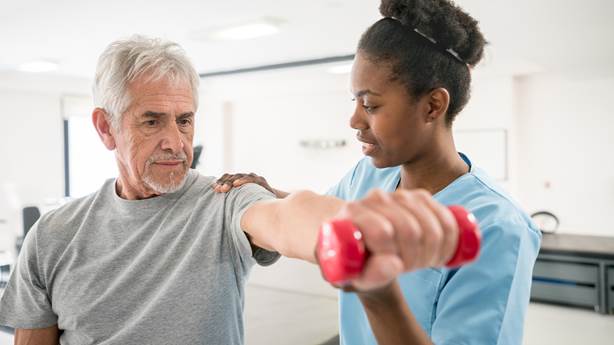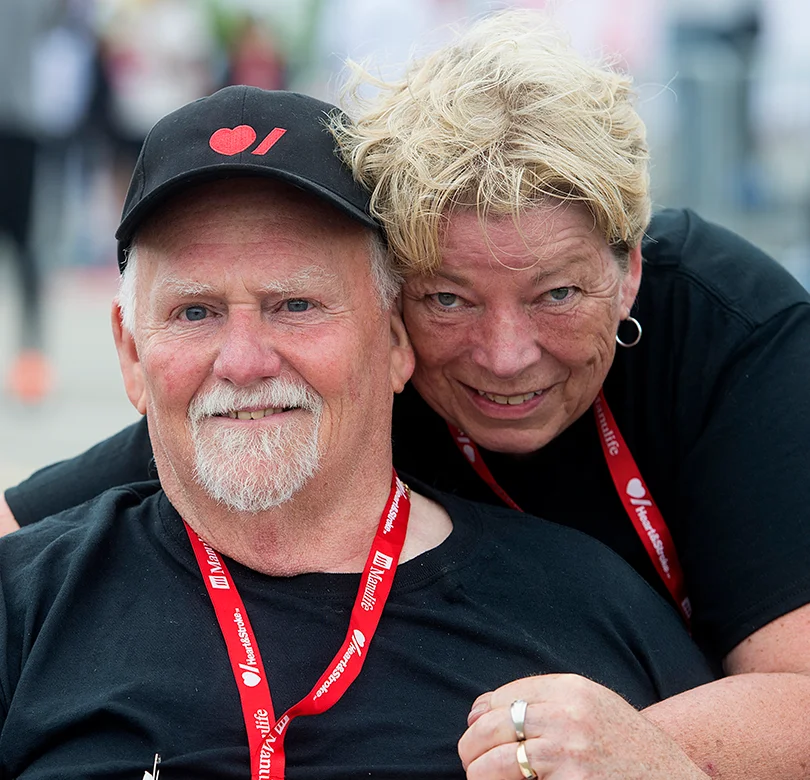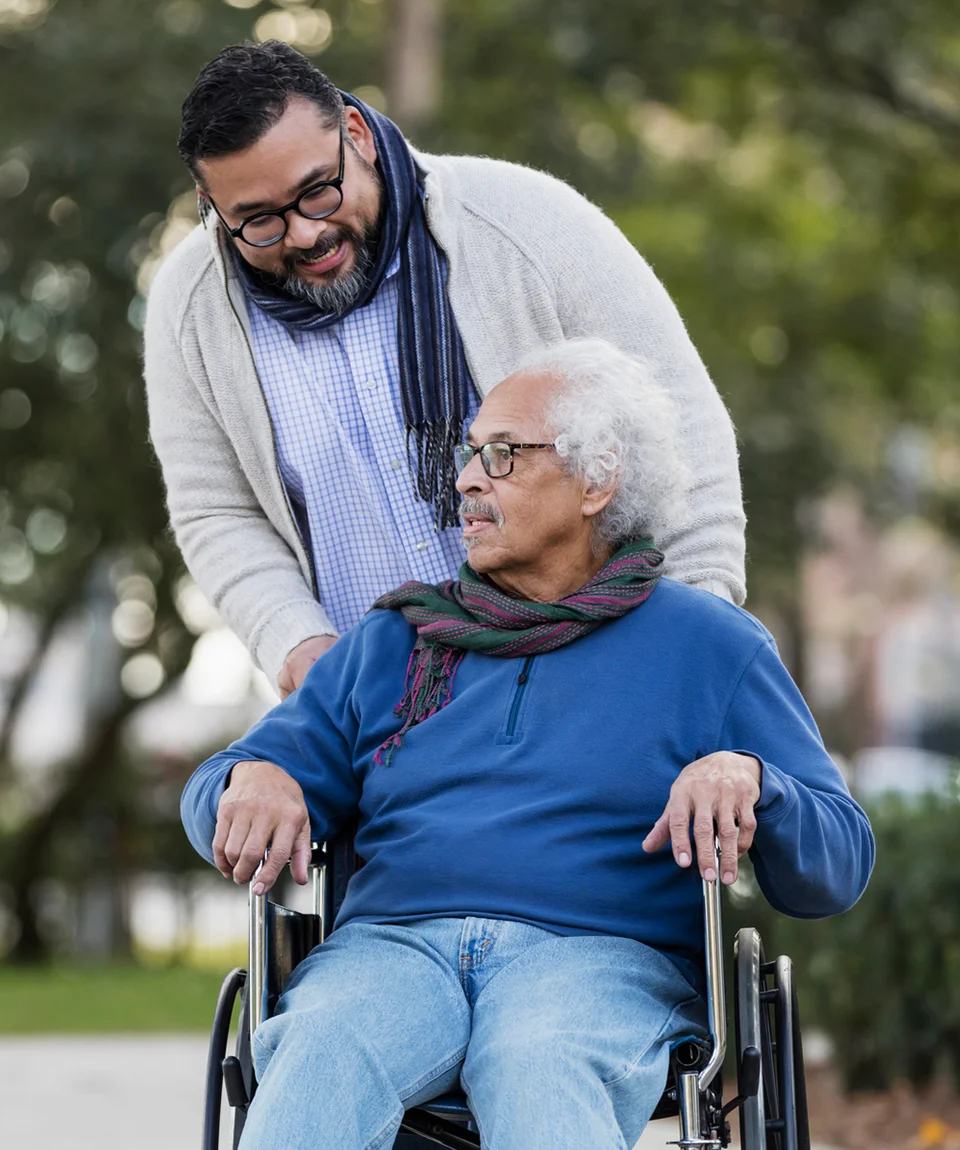Transition planning
Transitioning to the next step in your recovery can be a stressful time. You may be moving home, to inpatient rehabilitation, long-term care or another living situation. It helps to be prepared and to have a good discharge plan. You and your family play the most important role in making your plan.
To find the right place, you and your team need to consider these factors:
- the effects of your stroke on your mobility and ability to care for yourself
- the effects of your stroke on your thinking, speech and ability to communicate
- how much you have recovered so far
- your living situation. Do you live alone? Do you have family who can stay with you when you come home?
Make sure you receive the care you need. Fill out the post-stroke checklist and visit strokebestpractices.ca for more information.
Planning to go home
Many people with stroke are able to return home, either from the emergency department or eventually from inpatient hospital care or rehabilitation. If you are going home, it helps to have family members and friends available to support you.
You may be able to go home for a trial visit of a day or two before you leave hospital. This visit will help you and your stroke team prepare for your return home. Use this time to start building new routines to help you adapt to the effects of your stroke. Think about changes that need to be made to your home. For example, you may need to have furniture in some rooms moved for safety.
If you are being discharged home from the emergency department, make sure you have appointments for:
- a stroke specialist
- a stroke clinic where they will look at the risk factors that played a role in your stroke
- any further tests needed
- a rehabilitation assessment, if needed.
Planning for rehabilitation (rehab)

Rehab soon after a stroke helps you recover best. Many people need some rehabilitation. This could involve:
- a move to a specialized rehabilitation hospital
- going home and attending a community program
- having rehab at home
What you need will guide your rehabilitation plan.
Planning for long-term care
Some people have a stroke with more severe effects. They may need the extra help with personal care that long-term care provides.

Chuck & Lorraine share an unshakable bond after facing stroke together.

Making your discharge plan
Your role in making a good transition
Before you leave any level of care you need to have a plan for the near future. Your team should work with you and your family to set realistic goals for the next weeks and months. Make sure all of your questions and those of your caregiver and family have been answered. You should have all of the following information written down.
Where you are going:
- home, in-patient rehabilitation, long-term care or some other location
Your healthcare contact:
- list of your appointments, the reason for each appointment, the location, contact name and phone number
- names of your therapists, their contact information and why you are seeing them
- who to contact if you have any questions
Recovery and rehabilitation needs:
- your recovery needs – what do you need to continue to recover?
- list of devices that may help you and where to find them
- any safety concerns
- description of the types of rehab you need and where you will receive it
- what you can do on your own
- a list of services in your community for people with stroke and their caregivers
A plan to prevent another stroke:
- a review of your risk factors
- your goals and plan for reducing risk
- a follow-up appointment about managing your risk factors
- a list of signs of stroke and what to do if they occur
A list of your medications including:
- names
- what they are for
- when to take them
- how to take them
- possible side effects
- foods you might need to avoid
Daily life routines:
- a list of assistive devices to help you
- a list of strategies you can use right now for daily routines such as getting around, eating, bathing and going to the toilet
Tips for recovery
- Know your abilities and limitations.
- Decide on your goals and priorities.
- Ask your therapist what you can do on your own to help you keep moving forward. When your therapy sessions end, ask when you should consult a therapist again. Remember to balance your activity and get rest to avoid fatigue.
- Keep track of your progress.
- Celebrate success!
Related information
Know what to expect with your personal stroke recovery journey. Get a free copy of our stroke recovery book.
Post-stroke checklist (PDF)
Transitions and community participation infographic from the Canadian Stroke Best Practices guidelines. (PDF)
Transition home into the community after stroke (video)
